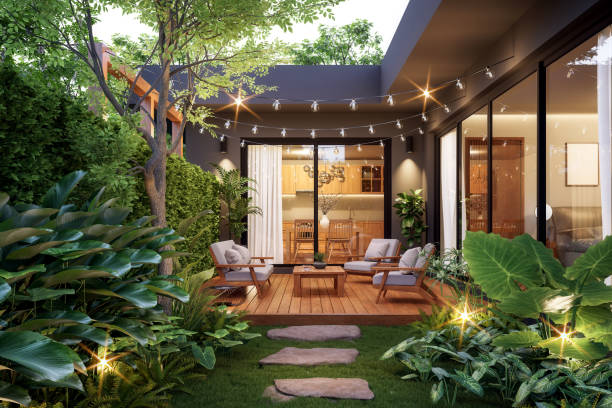Windows are an essential home component, connecting to the outdoors while providing natural light, ventilation, and insulation. However, over time, windows can deteriorate, become less energy-efficient, or simply not match the overall style of your home. In such cases, window replacement becomes a crucial decision. Choosing the right window style can be overwhelming with the myriad options available. This comprehensive guide aims to assist you in navigating the world of window replacements, enabling you to make an informed choice that enhances your home’s aesthetics and functionality.
1. Assess Your Needs and Goals
Before embarking on a window replacement project, take some time to assess your needs and goals. Consider energy efficiency, noise reduction, natural light, privacy, and overall architectural style. Identifying your priorities will help you narrow down your options and make the right choice for your home.
2. Types of Window Styles
There are numerous window styles available, each offering unique features and benefits. Here are some popular options to consider:
a. Double-Hung Windows: These classic windows consist of two vertically sliding sashes. They are versatile, easy to clean, and allow for adequate ventilation.
b. Casement Windows: Hinged on one side, casement windows open outward with a crank. They provide unobstructed views, excellent ventilation, and a tight seal when closed.
c. Awning Windows: Like casement windows, awning windows are hinged at the top and open outward. They are ideal for ventilation and can be installed higher on walls to maintain privacy.
d. Sliding Windows: Sliding windows feature horizontally sliding sashes, making them a space-saving option. They are easy to operate, provide ample natural light, and can be an excellent choice for contemporary homes.
e. Picture Windows: Large, fixed-pane windows allow for expansive views and ample natural light. While they don’t open, they are energy-efficient and can be paired with other window styles for a complete solution.
f. Bay and Bow Windows: These windows extend outward, creating a small nook or seating area. Bay windows typically have three panels, while bow windows have four or more. They add architectural interest and increase interior space.
3. Consider Energy Efficiency
Energy-efficient windows can significantly reduce heating and cooling costs while improving comfort within your home. Look for windows with low U-values, which indicate better insulation, and a high Solar Heat Gain Coefficient (SHGC) to maximize solar heat gain in colder climates. Additionally, consider windows with double or triple glazing, Low-E coatings, and insulated frames for optimal energy efficiency.
4. Material Selection
The choice of window material affects your windows’ aesthetics and performance. Here are some standard options:
a. Wood: Wood windows offer a timeless appeal and excellent insulation. However, they require regular maintenance to prevent rot and deterioration.
b. Vinyl: Vinyl windows are low-maintenance, cost-effective, and energy-efficient. They are available in various colors and styles, making them a popular choice for many homeowners.
c. Aluminum: Aluminum windows are lightweight, durable, and require minimal maintenance. However, they conduct heat and cold more readily, which can impact their energy efficiency.
d. Fiberglass: Fiberglass windows are robust, low-maintenance, and provide excellent insulation. They can mimic the look of wood and resist swelling, warping, and rotting.
5. Consider Your Home’s Architectural Style
Choosing a window style that complements your home’s architectural style is essential for a cohesive and visually appealing look. Traditional homes often feature double-hung or casement windows, while modern or contemporary designs may incorporate large-picture windows or sleek ones.
Sliding windows. Take cues from your home’s existing style and consult with professionals for expert guidance.
6. Safety and Security Features
Windows play a crucial role in home security. Consider windows with multiple locking points, laminated or tempered glass for increased durability, and impact-resistant options for areas prone to extreme weather conditions.
7. Budget Considerations
Window replacement projects can vary significantly in cost, depending on the window style, materials, and additional features. Set a budget and prioritize your requirements to make informed decisions without overspending. Investing in quality windows can offer long-term benefits, including energy savings and increased home value.
8. Seek Professional Advice
While this guide provides a comprehensive overview, consulting with window professionals is highly recommended. They can assess your needs, offer expert advice, and guide you through the window replacement process.
In conclusion, choosing the right window style for your home involves careful consideration of your needs, architectural style, energy efficiency, and budget. By assessing these factors and seeking professional guidance, you can make an informed decision that enhances the beauty of your home and provides comfort, efficiency, and security for years to come.
Ready to upgrade your home with professional window replacement services? Look no further than Silverline Exteriors! We’re here to transform your living space. Contact us today at SilverlineExteriors.com to schedule a consultation and take the first step toward beautiful, energy-efficient windows for your home.



